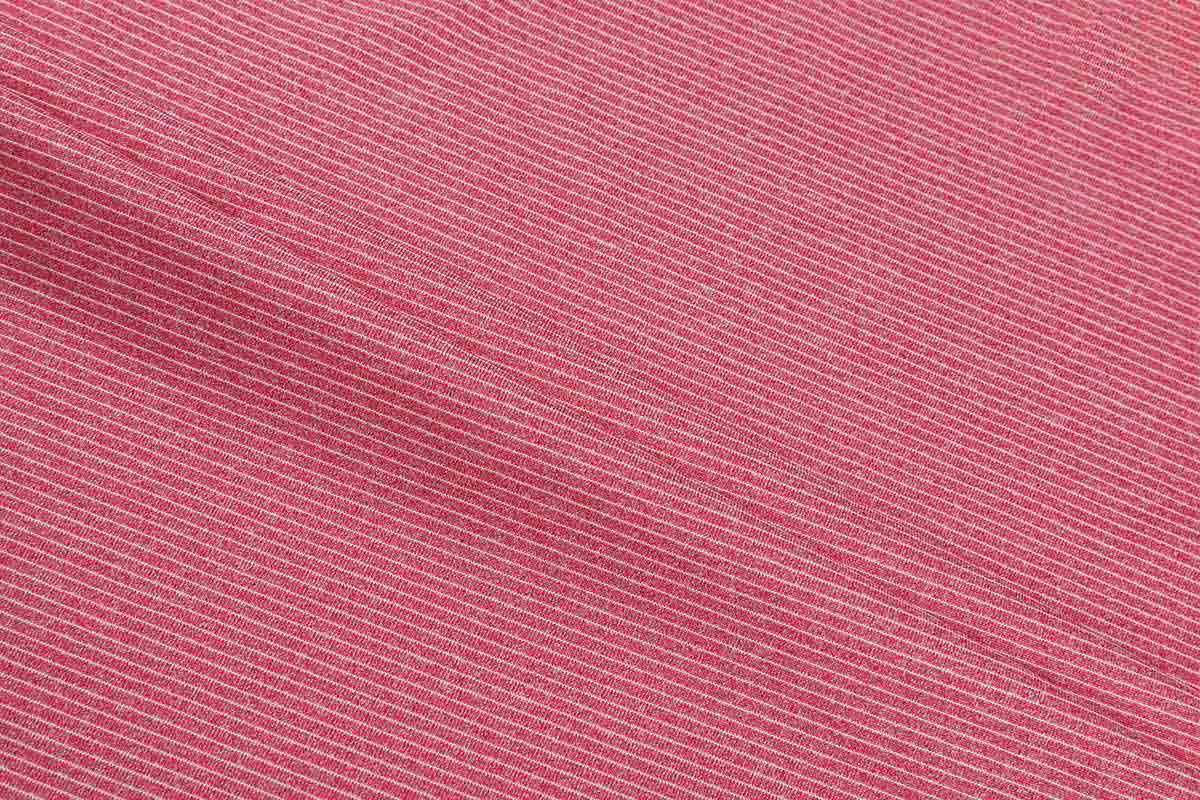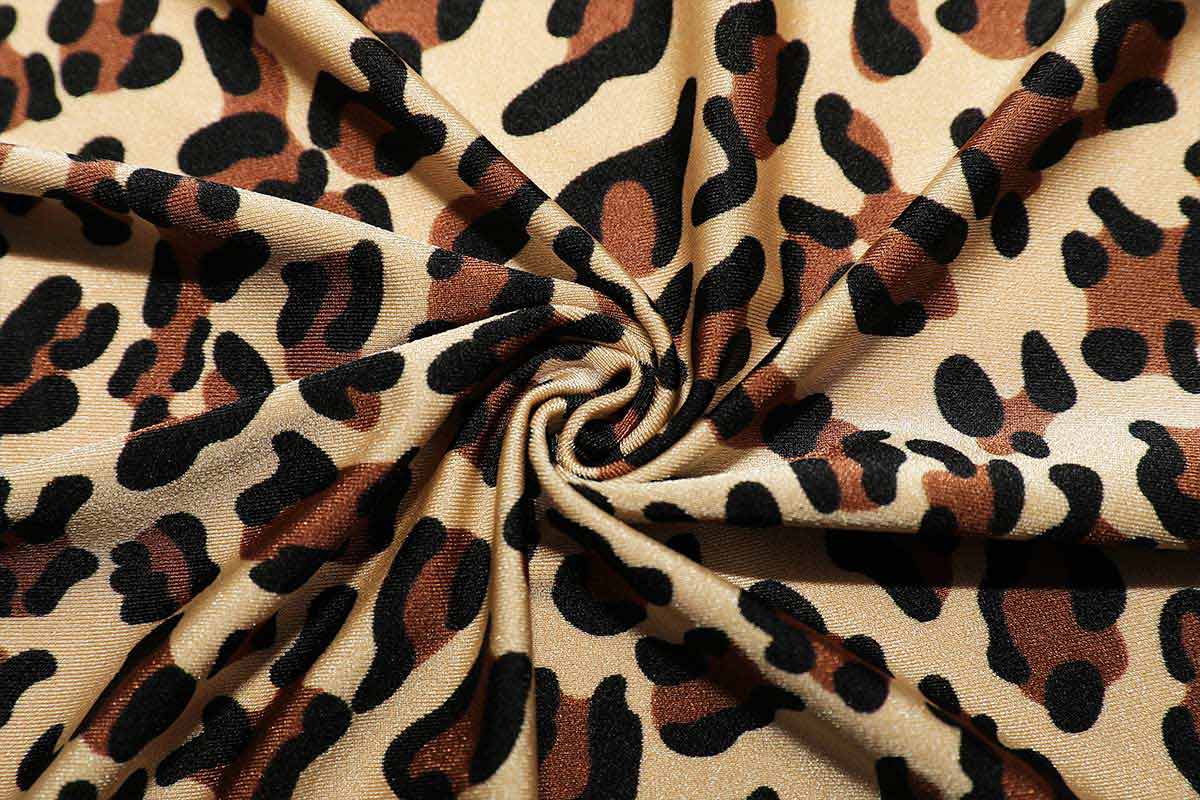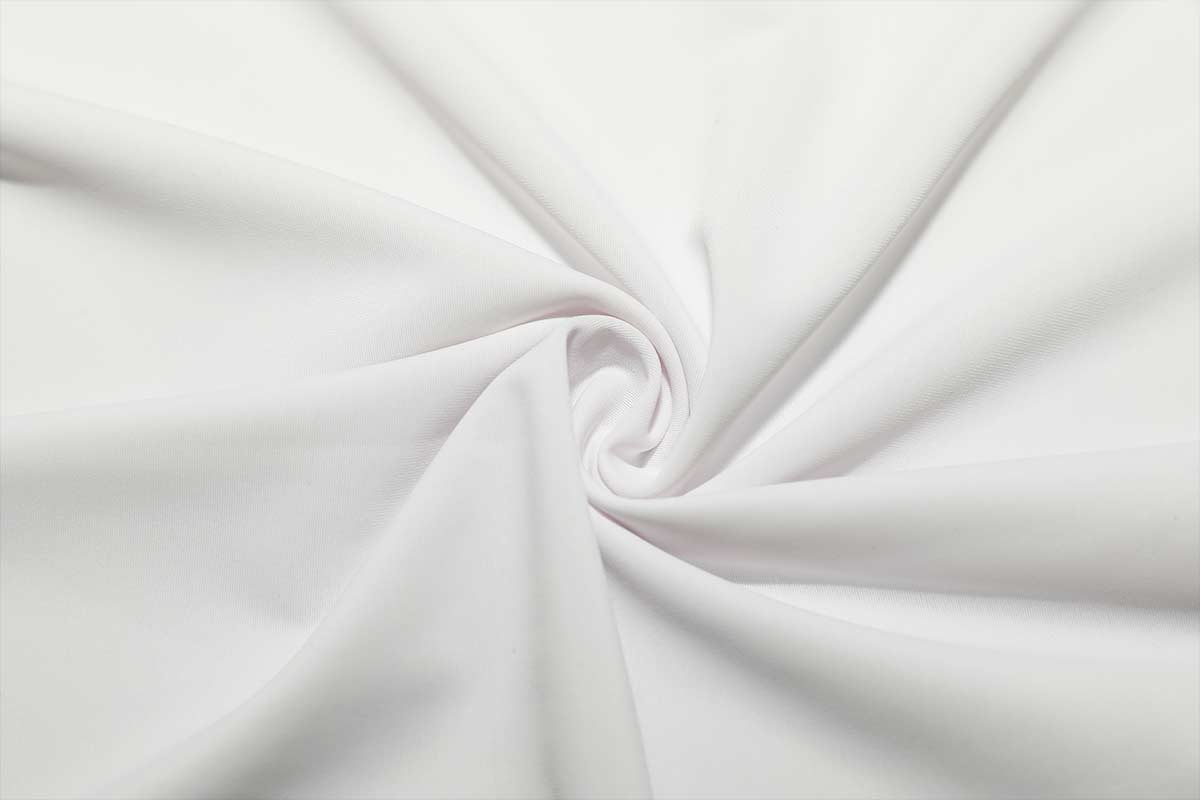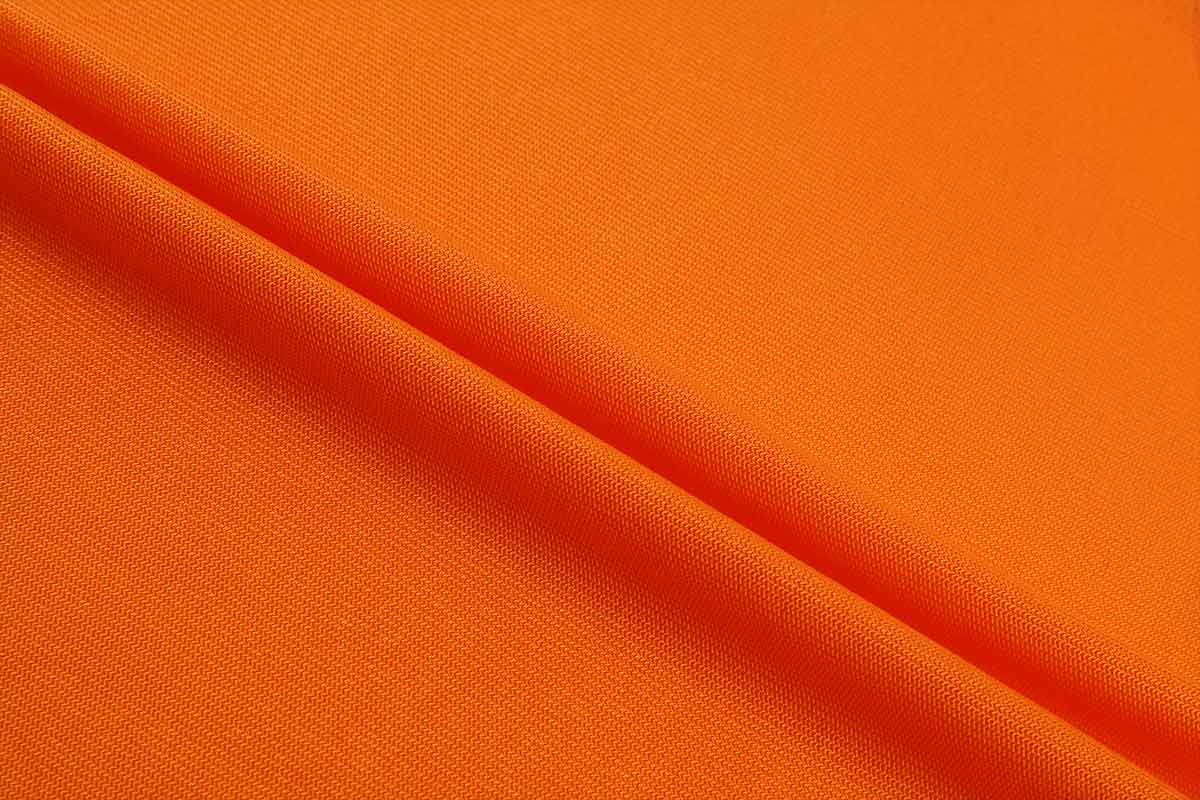The drape of weft knit fabric can vary significantly depending on the specific type of knit structure, fabric composition, and weight. Drape refers to how fabric hangs or falls when it's worn or draped over a surface. Here's how drape is influenced by different factors in weft knit fabrics:
Knit Structure:
Single Jersey: Single jersey knit fabrics tend to have a relatively fluid and drapey quality. They are often used for T-shirts and tops that require a comfortable, lightweight, and draped appearance.
Rib Knit: Rib knit fabrics have more pronounced vertical ribs, which can affect drape. They often drape in a manner that conforms to the body's contours, making them suitable for body-hugging styles.
Interlock: Interlock knits are denser and heavier than single jerseys, and they tend to have a more structured drape. They are often used for garments that require more body and shape.


Fabric Composition:
Natural Fibers: Weft knit fabrics made from natural fibers like cotton and modal tend to have a softer and more fluid drape. These fabrics are commonly used for lightweight and breathable garments.
Synthetic Fibers: Fabrics with synthetic fibers like polyester may have a more structured drape due to the fibers' resilience. However, advancements in fabric engineering have led to the creation of soft and drapey synthetic knit fabrics as well.
Weight: The weight of the weft knit fabric also plays a significant role in drape.
Lightweight Fabrics: Lightweight weft knits, such as single jersey, are known for their airy and flowing drape. They are often used for casual and relaxed styles.
Medium to Heavyweight Fabrics: Heavier weft knit fabrics, like some interlocks or rib knits, may have a more substantial and structured drape, which can be ideal for garments that require more body and warmth.
Blend and Texture: Fabric blends, as well as textured or patterned knits, can influence drape. For example, a blend of cotton and elastane can provide both comfort and stretch while affecting how the fabric drapes.
Garment Design: Drape can also be influenced by the garment's design, such as its cut, shape, and style. Some styles are intentionally designed to have a looser, flowy drape, while others may emphasize a more structured or tailored look.
The drape of weft knit fabric is a result of the interplay between its structure, composition, and weight. Designers and garment manufacturers can select specific types of weft knit fabrics to achieve the desired drape for a particular clothing item, whether it's a lightweight and flowy T-shirt, a body-hugging ribbed top, or a structured interlock knit garment.




 简体中文
简体中文
